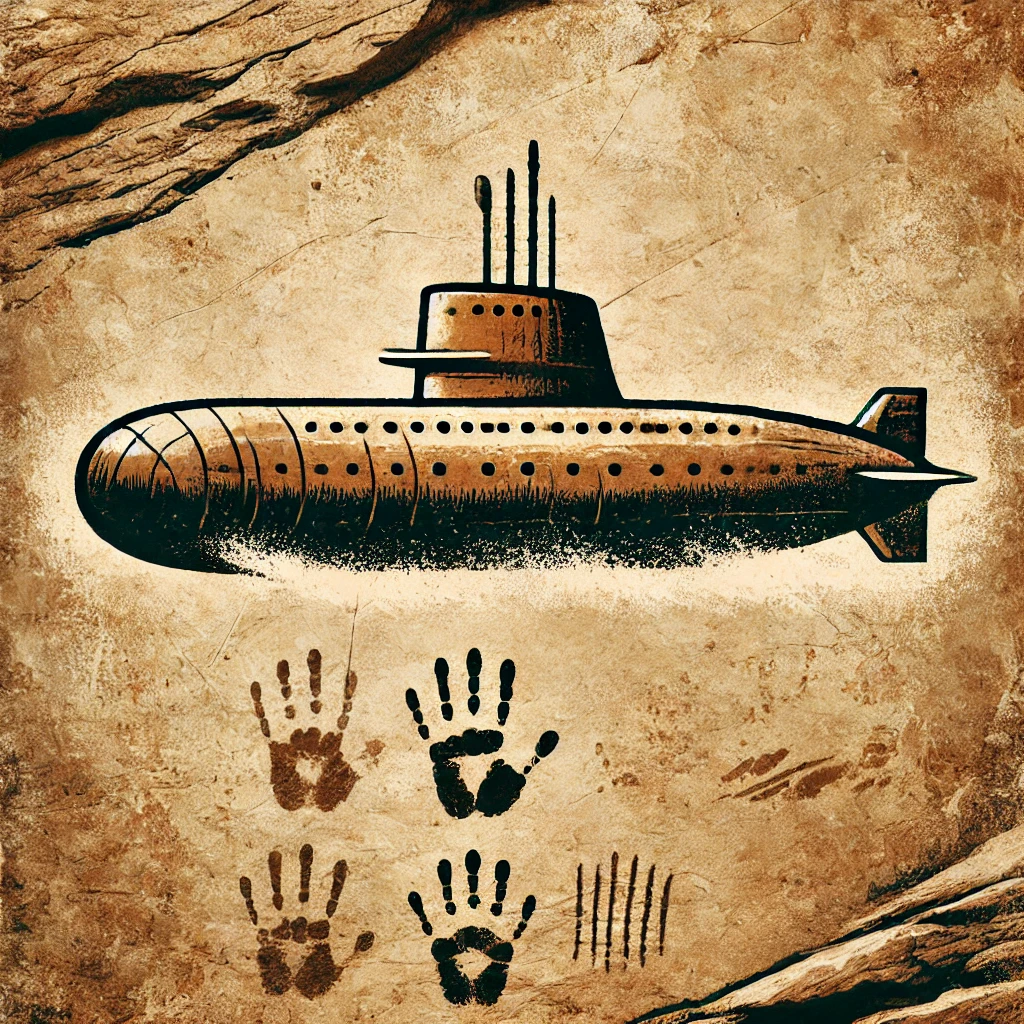Large Drones: a clear guide to when they make sense
Imagine being asked to inspect a huge field, deliver a package to a difficult area, or monitor an emergency without putting anyone at risk. You know a regular drone could help, but maybe it’s not enough. Do you really need a large drone, or will a standard one do the job? Stay here, because in this guide you’ll learn what large drones are used for, how they differ from consumer models, what technical challenges they bring, and what practical aspects to evaluate to decide whether their size and capacity truly fit your mission.
What are large drones used for?
A large drone is chosen when a job requires more payload capacity and stability than a regular drone. In agriculture, it helps monitor vast plots, detect dry zones, and record changes in an organized way—making fieldwork more efficient and improving decision-making through clearer imagery. In logistics and delivery, a larger aircraft can carry light loads over medium distances with better flight control and more precise drops—useful in rough terrain or areas with limited ground access. In security and surveillance, a robust frame allows for high-quality cameras with zoom and stabilization, so you can capture detail without vibration and keep a steady image even in the wind. In emergency services, a large drone can carry loudspeakers, spotlights, or thermal sensors to support ground teams with real-time information—without entering dangerous areas.
How do large drones differ from standard consumer models?
The most visible difference is the size of the frame and propellers; by moving more air, the drone feels steadier and holds position better. Payload capacity also changes—a large drone can lift professional cameras, gimbals, or additional sensors without being overloaded, resulting in smoother flight and cleaner footage. Flight duration depends on total weight and battery type; even though larger drones use higher-capacity batteries, consumption also rises, so real autonomy must be planned around each mission.
Regulatory differences matter, too. Operating large drones often requires specific authorization: designated flight zones, altitude limits, registration, and in some countries, pilot and drone certification. That’s where drone simulators become valuable: you can learn procedures and maneuvers safely, from home, with no airspace restrictions or risk to people.
What are the technical challenges of operating large drones?
The first challenge is power management. A large drone draws high current to lift off and sustain its load; if you push the throttle too hard or fly in strong winds, the battery drains faster, cutting your safety margin.
The second challenge is fine control. With greater mass comes more inertia, meaning turns and braking need to be planned in advance to keep flight smooth and safe.
The third challenge is environmental coordination: knowing the area, obstacles, interference sources, and flight regulations. All of this can be trained risk-free in a drone simulator. Software like Liftoff or Uncrashed lets you practice takeoffs, turns, straight routes, orbits, precise landings, and emergency handling until movements become instinctive. That understanding later translates into efficiency and fewer mistakes in real operations.
Can large drones carry people?
There are indeed passenger drone projects, also known as electric vertical takeoff and landing vehicles (eVTOLs). The goal is to transport one or two passengers on short urban routes. While it sounds futuristic, these systems are still in testing and certification phases, with safety rules progressing step by step. For a learner, what matters isn’t knowing the most famous prototype but understanding that carrying people involves strict regulations, redundant systems, and long validation processes. For most users, the takeaway is simple: what’s fully developed today is large drones for cameras, sensors, and light deliveries. Passenger transport remains a separate field with far higher requirements and timelines.
What safety measures should you follow when operating large drones?
Safety begins before takeoff. A responsible pilot checks that propellers are secure and balanced, the battery is healthy, the center of gravity is stable with the payload, and the return-to-home system is properly set. In flight, maintain a safe altitude, avoid flying over people, and respect local airspace rules.
Assistance systems like GPS stabilization, obstacle sensors, and altitude hold are helpful, but they don’t replace pilot attention. That’s another reason simulators are so valuable: you can practice engine failure, temporary signal loss, or crosswind scenarios calmly and learn your reaction plan. Liftoff helps refine coordination and orientation, while Uncrashed simulates real-world missions. Both allow you to train anytime, from home, without dealing with permits—and you’ll approach your first real flight with correct habits and far less anxiety.
In the end, choosing a large drone isn’t about bigger is better; it’s about matching your needs. If your work demands stability, payload capacity, and wind resistance, a large platform brings clear benefits and mission efficiency. If you’re just starting out or your tasks are simple, a standard drone may serve you perfectly well. The key is to test, plan, and train.
A good simulator turns hesitation into practice, and practice into results. When you finish reading, define a typical mission, rehearse it in simulation until it feels natural, and only then decide what size of drone you truly need.




